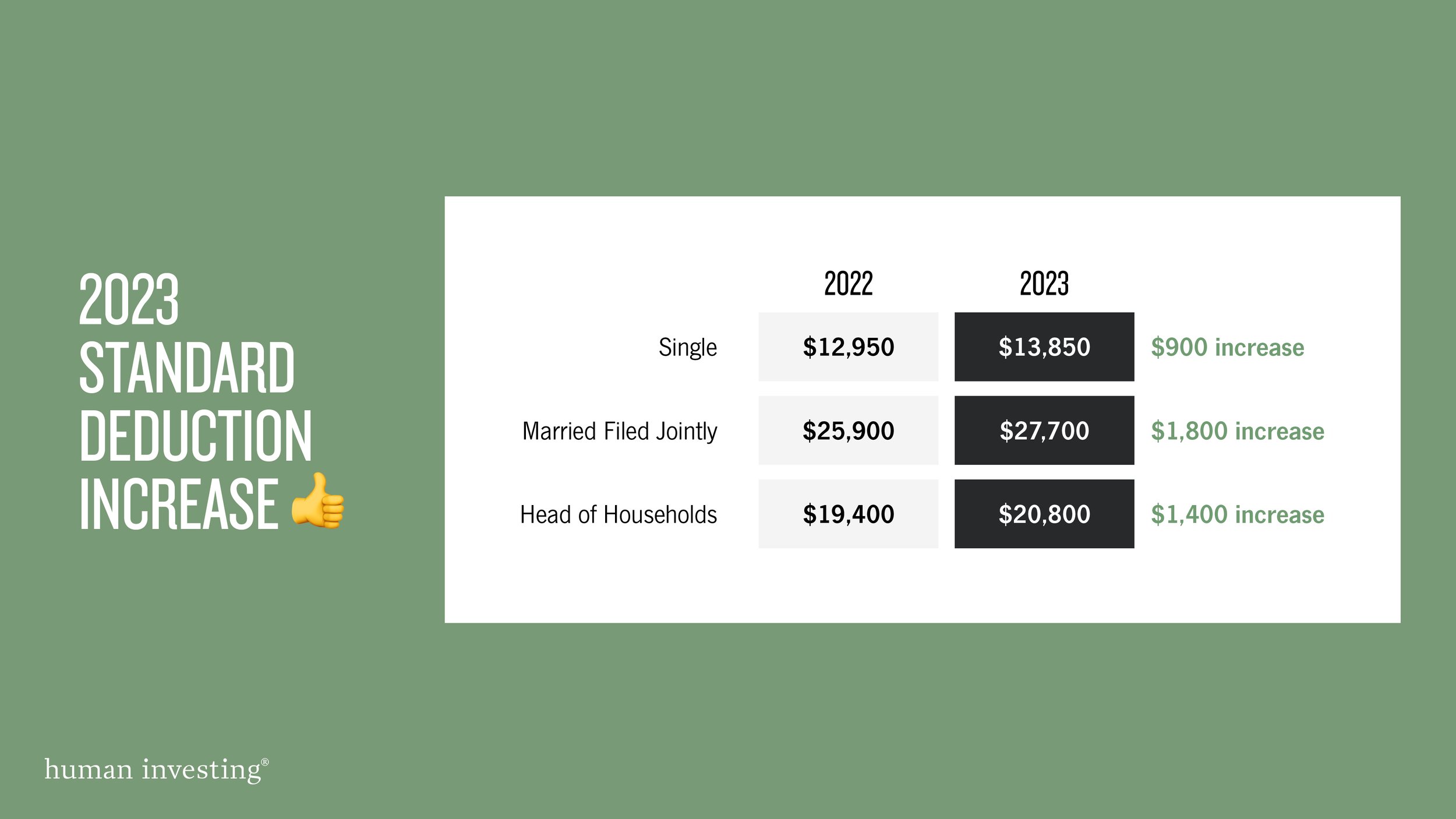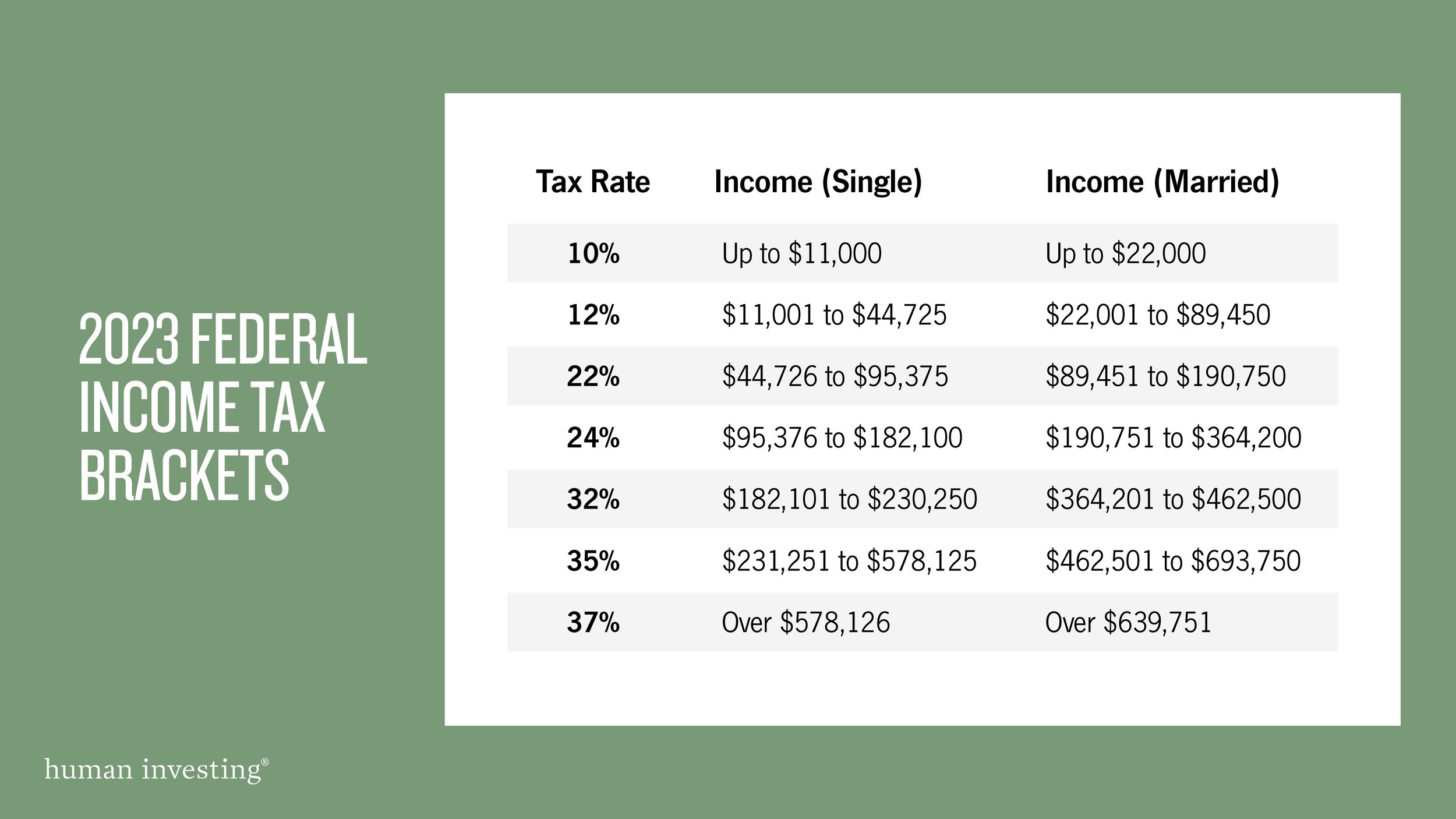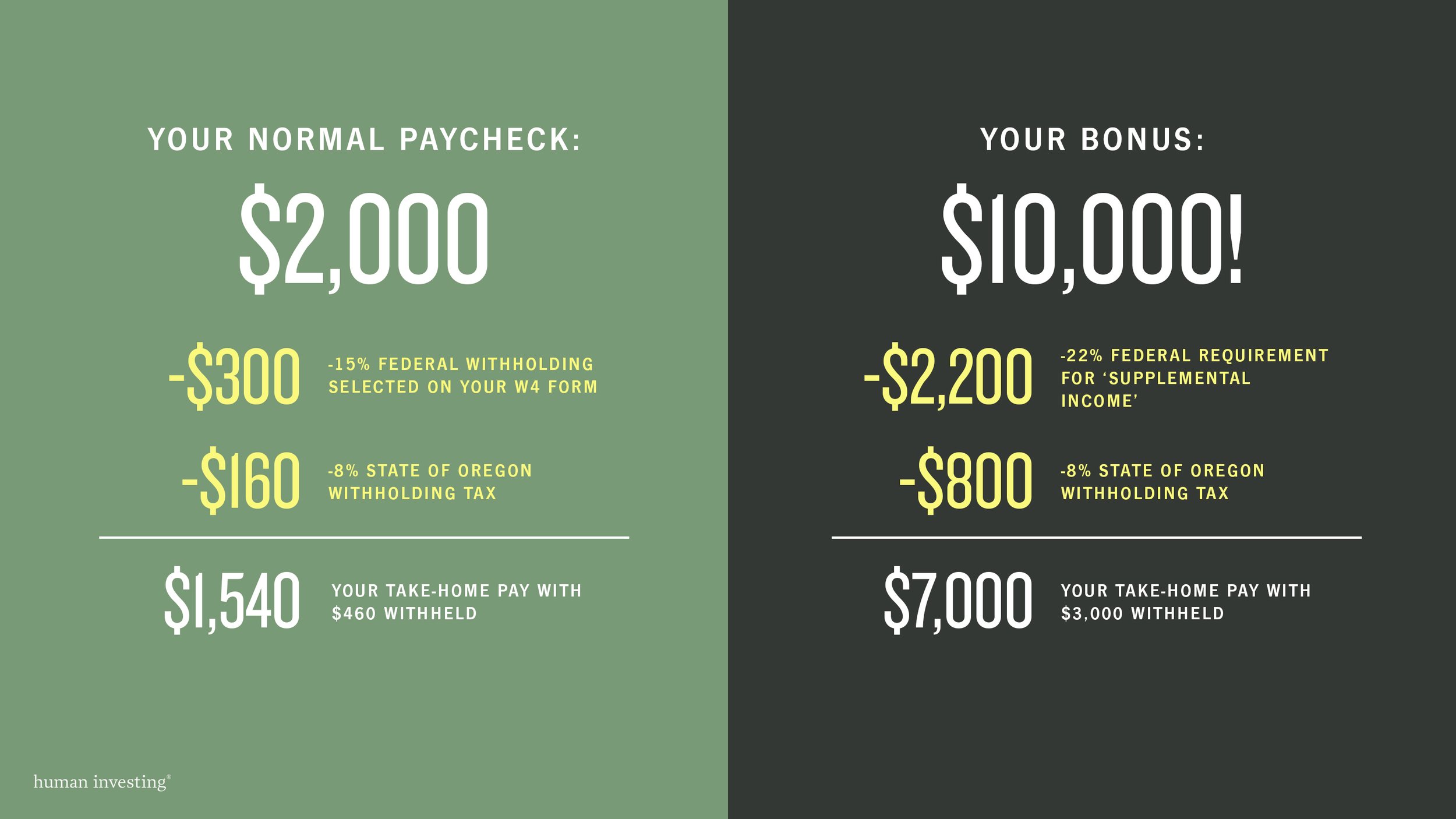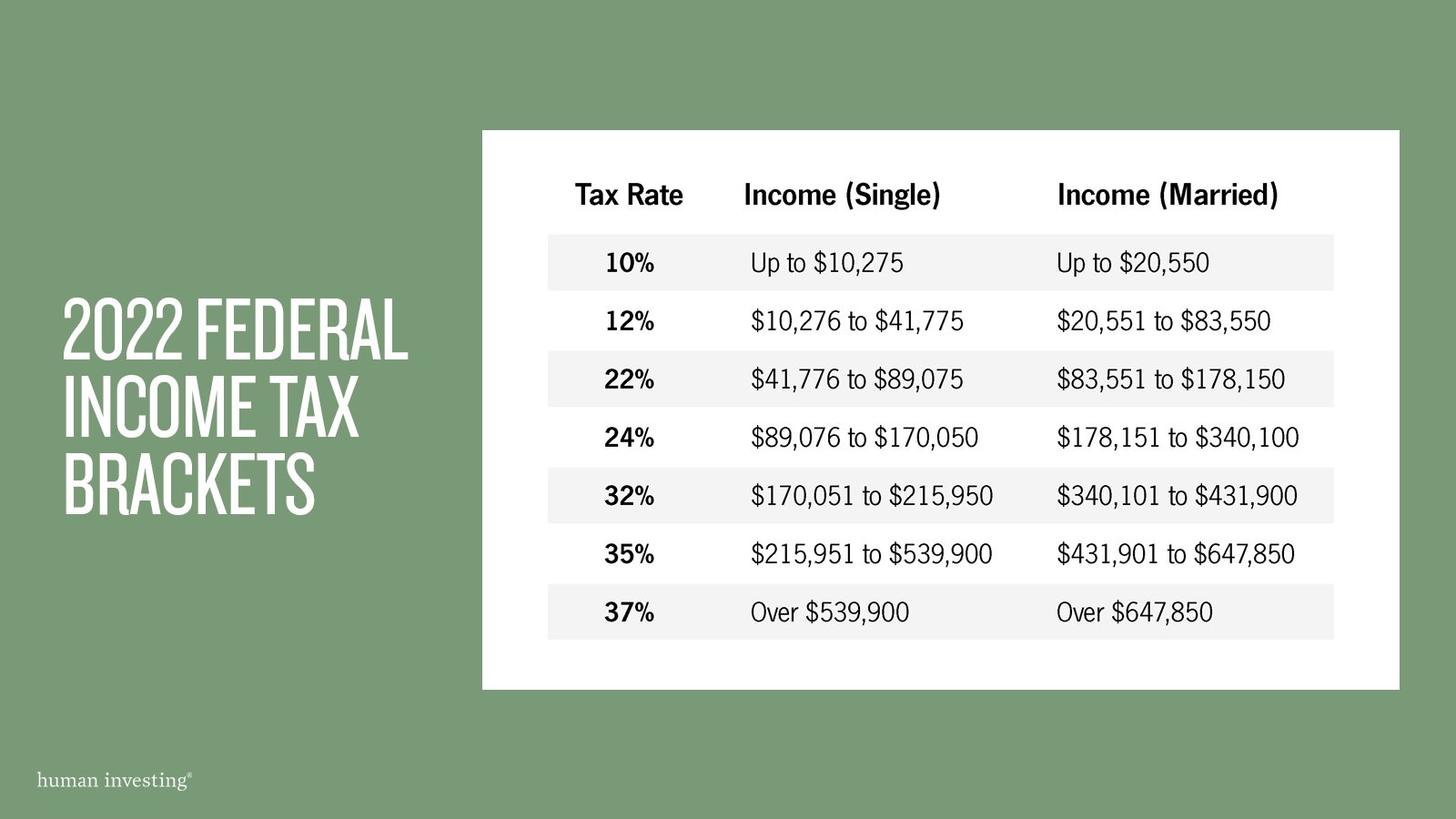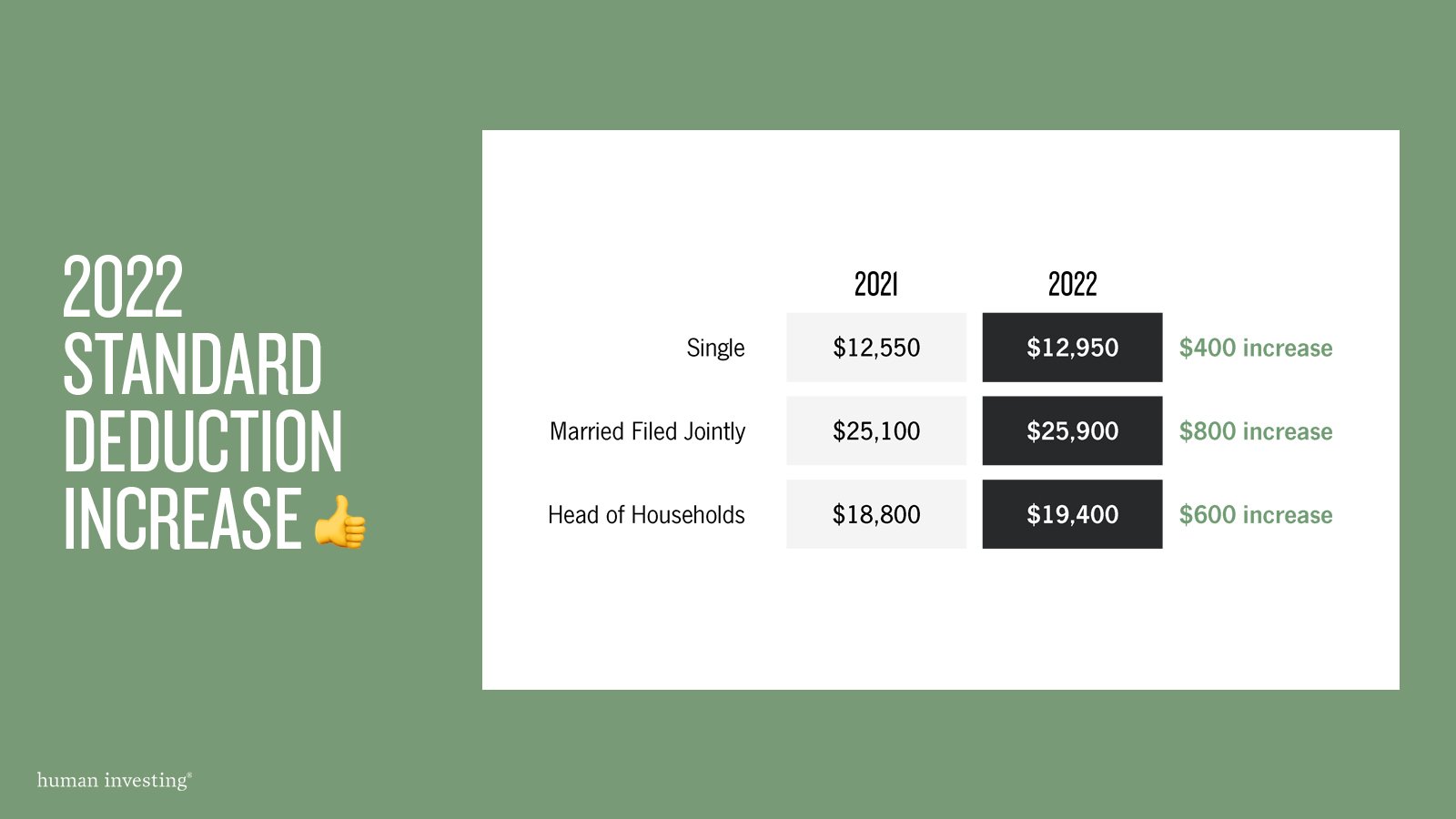If you’re a business owner, own a rental property, or receive self-employment income and are registered with a Secretary of State, you may be subject to Beneficial Ownership Information (BOI) reporting. To provide ownership security to U.S. licensed companies, the U.S. Treasury Financial Crimes Enforcement Network (FinCEN), is requiring initial BOI reports as of January 1, 2024 from domestic and foreign companies who file with a Secretary of State or similar offices in the United States.
Know when to file a report now to avoid headaches later
Whether you are involved in a partnership, LLC, or corporation, the importance of reporting to FinCEN is not just for security purposes. If not filed on time, BOI reporting can become a personal financial burden. There is no fee associated with BOI reporting, however those who fail to report or willfully violate the BOI requirements may be subject to civil penalties of up to $500 for each day the violation continues. Below are deadlines that will help individuals determine when they will need to file a BOI report:
Entities created or registered on or after 1/1/2024: 90 calendar days after receiving notice of the company’s creation or registration to file its initial BOI report.
Entities created or registered before 1/1/2024: Must report an initial BOI before 1/1/2025.
Entities created or registered after 1/1/2025: 30 calendar days from actual or public notice that the company’s creation or registration is effective to file their initial BOI reports with FinCEN.
This is a one-time filing, but keep tabs on your future business changes
If changes occur with required information about your company or its beneficial owners, your company must file an updated report no later than 30 days after the date of the change.
Please note, company applicants cannot be removed from a BOI report even if that individual no longer has a relationship with the company.
Any individual associated with the reporting company is eligible to file the report on behalf of that group, but to mitigate any mistakes, seeking out a trusted legal professional such as an attorney, is recommended. Please visit the FinCEN BOI E-filing website and their thorough Q&A section for further information on BOI reporting.













